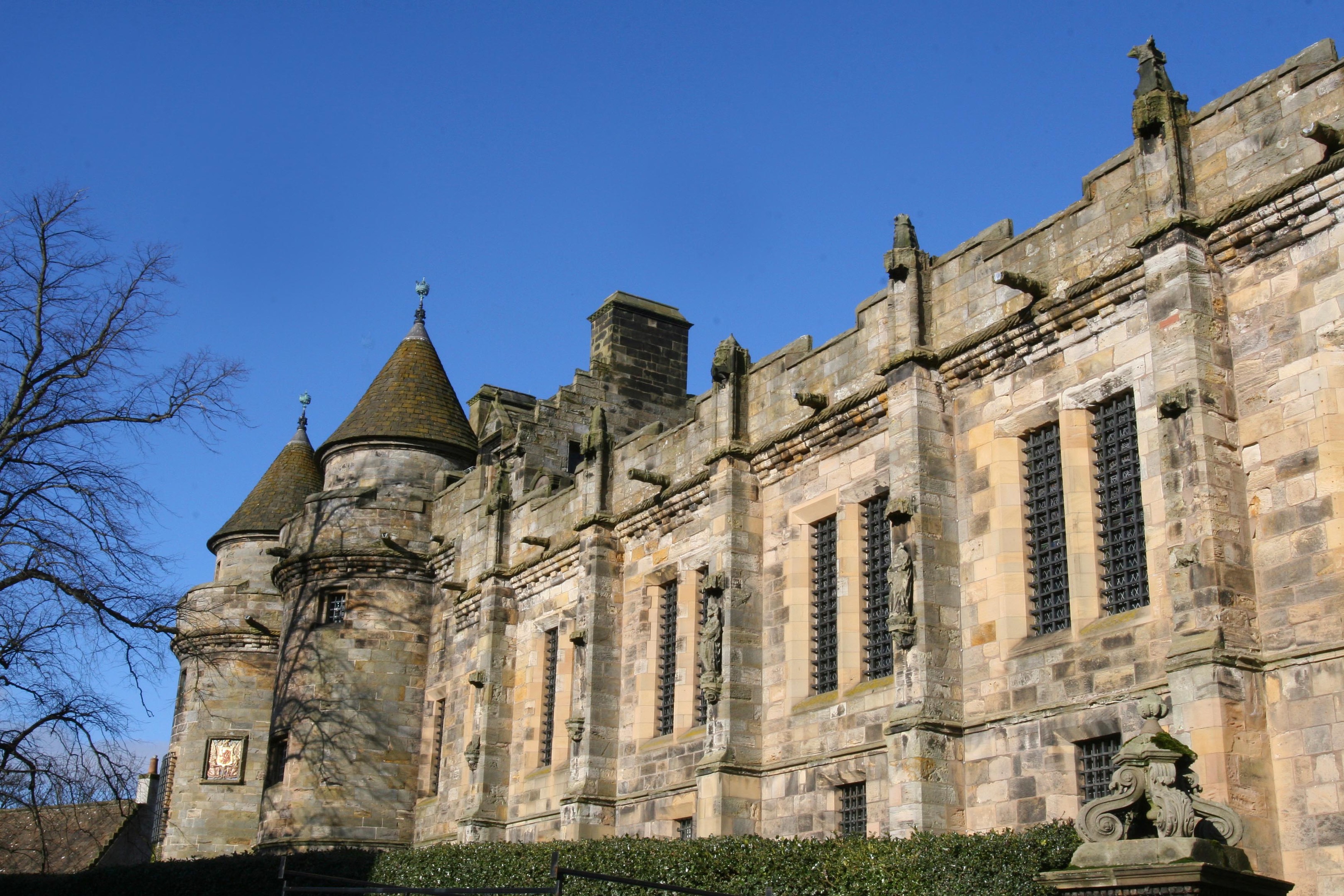Deer secrets of Falkland’s medieval past are being hunted down this weekend.
For plans are underway for the third and final Living Lomonds community archaeology big dig on Falkland Estate to investigate the fascinating heritage of royal medieval deer hunting on the estate.
This is the last chance the public has had to join in one of the community digs with the Living Lomonds.
Living Lomonds archaeologist Dr Oliver O’Grady, of OJT Heritage said: “We have a site with a real mystery to unravel and a wonderful setting to work in at Falkland Estate.
“I can’t think of a better way to finish the project.”
The focus of this year’s community dig will be the deer park pale, a large bank with a ditch and wooden palisade on top which would have enclosed the park, keeping the deer inside. The other area of attention is known as the Chancefield Trenches, which are thought to have been used in trapping and sorting deer for the medieval park, but no one knows for sure.
Some preliminary work has been carried out at Cash Wood near the Pillars of Hercules, where a ditch and bank were excavated with finds including two pieces of late medieval pottery along with remains of a setting for a wooden fence and is believed that these features were part of an enclosure for the royal deer park during the 15th and 16th Centuries.
Visit www.livinglomonds.org.uk for details.
